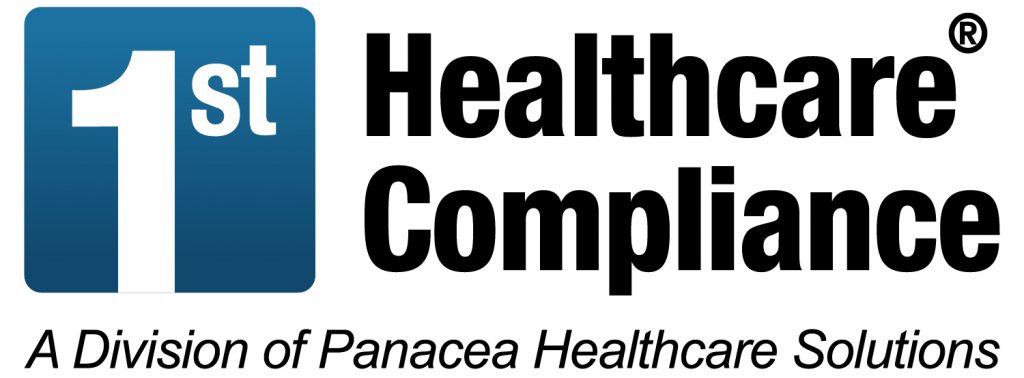Performance Evaluation Template- A Critical Tool
Performance evaluations are a critical tool that should be used by all employers to ensure productivity and growth. Whether it is done on a quarterly, bi-annual or annual basis, it is important to provide structured formal feedback to employees. Employees should be evaluated against expectations, job responsibilities and goals for the review period. Doing so provides a framework for professional development, contributing to a positive and productive working environment. While it is easy to overlook the performance evaluation as just another document generated for human resources purposes, it is a powerful tool if used properly.
Have a Policy to Ensure Consistency
In conducting a performance evaluation, it is important that the employer have a policy regarding the performance evaluation process, including a rating scale to be applied uniformly. Management level employees should be trained on the policy to ensure that the policy is implemented consistently across the board. Consistency is key in avoiding complaints of special or unlawful treatment.
Document Performance Issues
The performance evaluation should contain complete and honest feedback. Constructive guidance should be provided to underperforming employees so they can take the necessary steps to improve. Refrain from sugarcoating performance deficiencies, which will only hurt both the employer and employee and potentially expose the employer to litigation if adverse employment action is taken against the employee. Take the case of an employee that is terminated for poor performance in the face of a positive performance evaluation, who is now alleging discriminatory termination.
It is also important to acknowledge an employee’s strengths and accomplishments in the evaluation so that such performance can continue.
Provide Clear Expectations
A well-written performance evaluation must clearly articulate performance expectations and standards. The manager conducting the evaluation must be familiar with the employee’s job description and goals in order to properly assess employee performance. In documenting an employee’s accomplishments and areas in need of improvement, it is important to provide tangible examples instead of broad or vague references. Don’t leave anything to interpretation.
Along with providing a written evaluation, the manager should take time to review the evaluation with the employee. The employee must understand the new goals that have been set and how they will be measured for the next review period.
Keep Open Lines of Communication
Written performance evaluations should not be the be-all and end-all. Instead, successful performance management is an ongoing and continuous process that involves open communication between management and staff. For instance, if there is a substantial decline in performance, the employer must not wait until the performance evaluation period to address performance problems with the employee- this is not only unfair to the employee but unwise on the part of the employer.
First Healthcare Compliance clients can now access a sample performance evaluation template from the Document Library in the Employee Zone.






